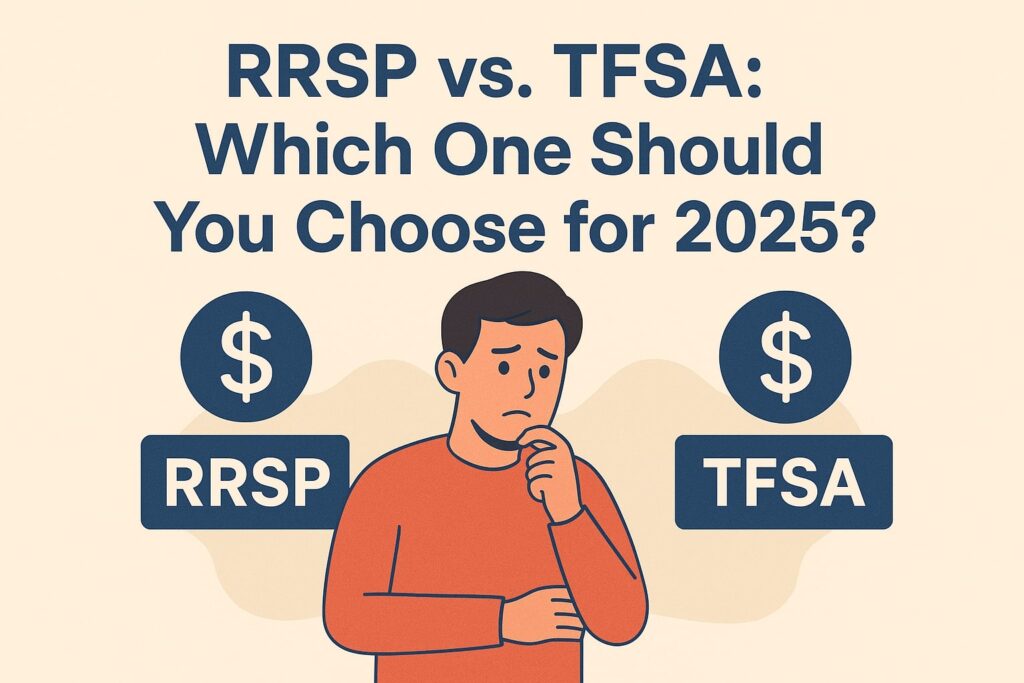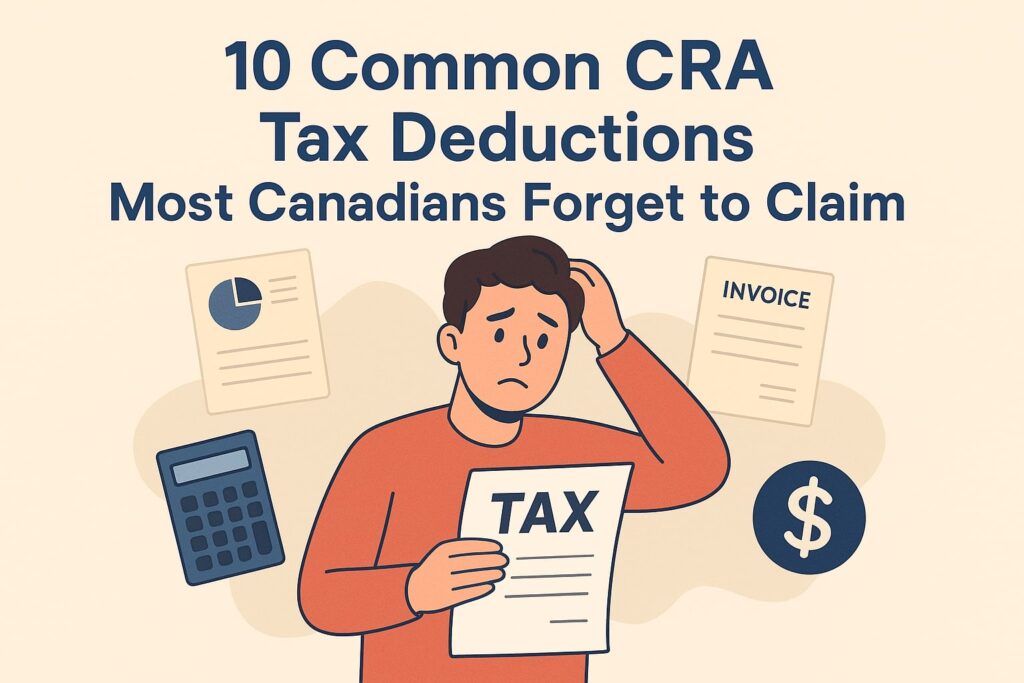RRSPs (Registered Retirement Savings Plans) and TFSAs (Tax-Free Savings Accounts) are two of Canada’s most popular investment vehicles. Both offer powerful tax advantages, but they work in different ways. Choosing the right one depends on your income, goals, and stage in life.
RRSP: Save Now, Pay Later
Contributions to an RRSP are tax-deductible, reducing your taxable income in the year you contribute. The investments grow tax-deferred, meaning you don’t pay tax on the growth until you withdraw the funds — usually in retirement, when your income (and tax rate) may be lower.
RRSPs are ideal for higher-income earners looking for immediate tax relief. They also support programs like the Home Buyers’ Plan (HBP) and Lifelong Learning Plan (LLP), allowing you to borrow from your RRSP for specific goals.
TFSA: Grow Tax-Free, Withdraw Anytime
A TFSA doesn’t give you a tax deduction upfront, but all growth and withdrawals are completely tax-free. This makes it perfect for flexible goals like buying a car, building an emergency fund, or saving for a down payment.
The TFSA is particularly useful for younger Canadians or those in lower tax brackets who may not benefit as much from RRSP deductions.
How to Choose Between Them
If you expect to be in a lower tax bracket in retirement, prioritize RRSPs for the immediate tax deduction. If you need liquidity or expect your income to rise in the future, start with a TFSA. Many Canadians benefit by contributing to both over time.
The Bottom Line
Both RRSPs and TFSAs can help you build wealth and reduce taxes. The key is understanding how each aligns with your income and long-term goals. For most Canadians, a balanced approach — using both accounts strategically — delivers the best results.
Written by TheAccru Tax Team — simplifying Canadian taxes for individuals and families.




